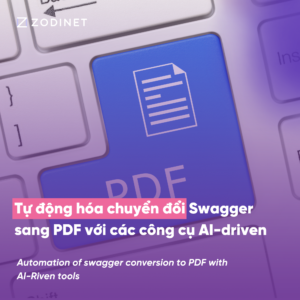In recent years, the concept of Web3 has become a focal point in discussions about technology, innovation, and the future of the Internet. Web3 is not merely a new generation of the web but a paradigm shift that creates new protocols, platforms, and tools to give users greater control. In this article, we will explore how Web3 is reshaping the way users interact, share, and experience the Internet.
Why is Web3 Considered the Future of the Internet?
Web3, often referred to as the decentralized Internet, holds immense potential to transform how we use and interact with online applications. This is made possible through advanced technologies such as blockchain, smart contracts, and artificial intelligence (AI). Below are some key reasons why Web3 is seen as the future of the Internet.
Blockchain Technology
Web3 platforms leverage blockchain to ensure transparency and security for data. In Web3, every transaction and piece of information is recorded on a public ledger, allowing users to verify information without relying on intermediaries. This not only enhances trust but also reduces the risk of fraud.
User Control
One of the standout features of Web3 is its ability to empower users to control their personal data. Instead of storing data on centralized servers, users can choose how their data is used and shared. This not only protects privacy but also fosters a fairer Internet environment.

Challenges and Solutions in Implementing Web3
Despite its many benefits, transitioning from Web2 to Web3 is not without challenges. Several obstacles stand in the way of widespread Web3 adoption, including issues related to speed, scalability, and user acceptance.
Speed and Scalability
Current Web3 applications struggle to process millions of transactions per second, unlike Web2 platforms. To address this, Web3 developers need to enhance scalability by optimizing blockchain technology and developing layer 2 solutions to reduce the load on the main network.
User Acceptance
Changing user habits is not always straightforward. Many users are accustomed to the current Internet experience. To encourage adoption, educational initiatives are needed to clearly explain the benefits of Web3 and how it works.
Conclusion
Web3 is ushering in a new era for the Internet, with the potential to fundamentally change how we interact, share, and protect personal information. While challenges remain, the power of blockchain technology and user control will undoubtedly shape a fairer and more sustainable Internet in the future. Prepare for this transformation, as it will impact us all.



